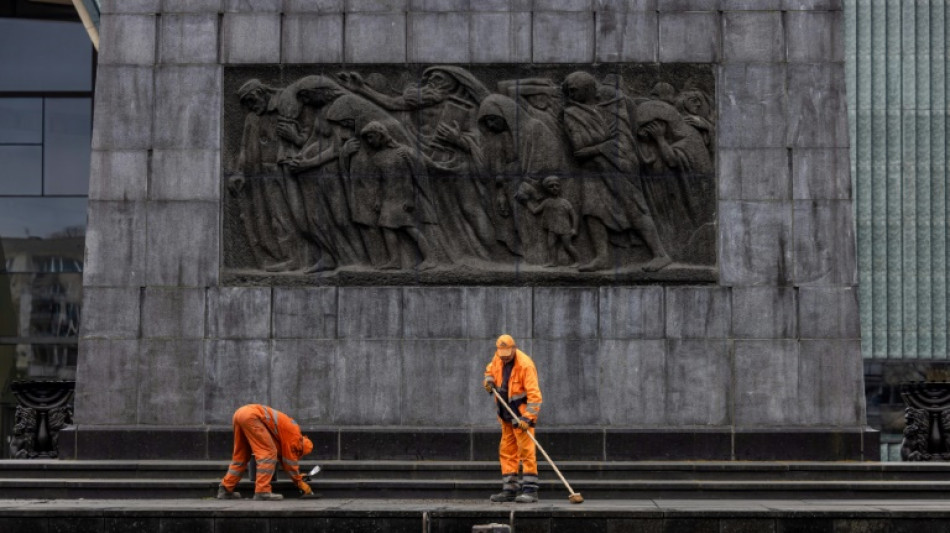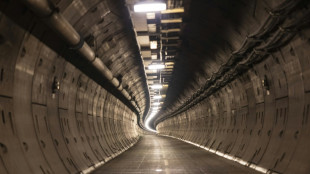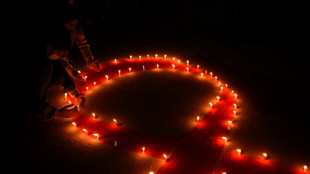

Poland to mark 80 years since Warsaw Ghetto Uprising
Poland will on Wednesday mark 80 years since the Warsaw Ghetto Uprising, when hundreds of Jews launched a doomed attack against the Nazis, with the commemorations looking beyond the fighters and emphasising the civilian experience.
The presidents of Germany and Israel will join their Polish counterpart for the anniversary of the month-long revolt, which was the largest single act of Jewish resistance against the Germans during World War II.
Church bells and sirens will sound at midday in honour of the insurgents who launched the uprising on April 19, 1943, who died fighting rather than in gas chambers.
The heads of state will speak at the Warsaw Ghetto memorial -- located at the heart of the former Jewish district -- before heading to a synagogue together.
Just like in previous years, volunteers across the city will hand out paper daffodils for residents to pin to their jackets.
The tradition is in honour of Marek Edelman, an uprising commander who, until his death in 2009, would mark the anniversary by depositing a bouquet of the flowers at the memorial.
Because of their colour and form, daffodils resemble the yellow stars Jews were forced to wear by the Nazis.
This year, the paper daffodils will also be distributed in other Polish cities.
- 450,000 Jews -
"We hope to hand out a total of 450,000 paper flowers," said Zofia Bojanczyk, coordinator of the daffodil initiative.
"The figure symbolises the number of Jewish women and men confined to the Warsaw Ghetto when it was at its most crowded," she told reporters.
One year after they invaded Poland in 1939, the Germans set up the ghetto in a space of just over three-square kilometres (1.2 square miles).
It was the largest of the World War II ghettos.
Many Jews died inside of starvation and disease, while most of the rest were sent to the Treblinka death camp to the east of the Polish capital.
At the outbreak of the uprising, around 50,000 civilians were still hiding in cellars and bunkers in the ghetto.
The Germans put down the uprising with extreme brutality and set fire to the entire district, turning it to rubble and ash.
- Civilians -
Various events are on the agenda for the 80th anniversary, including talks by survivors, concerts, film screenings and theatre performances.
The Kordegarda gallery has an exhibition of everyday items from the ghetto, which were recently unearthed and tell the story of how Jews in wartime Warsaw lived, loved and died.
"These are, so to speak, voices from the buried city, calling from beneath our feet," co-curator Jacek Konik told AFP.
A separate show, at the Polin Museum of the History of Polish Jews, features never-before-seen photos of the ghetto taken by a Polish firefighter.
They offer a different perspective, as until now most images of the ghetto were shot by the Nazis and showed it through German eyes.
A reconstructed version of the wartime tram for ghetto residents, which had a yellow star instead of the route number, will also be on display.
The official ceremony is expected to focus on the fate of Jewish civilians during the uprising.
Participants will gather in front of the Monument to the Ghetto Heroes, which is located at the site of several of the uprising's armed clashes.
(H.Leroy--LPdF)




